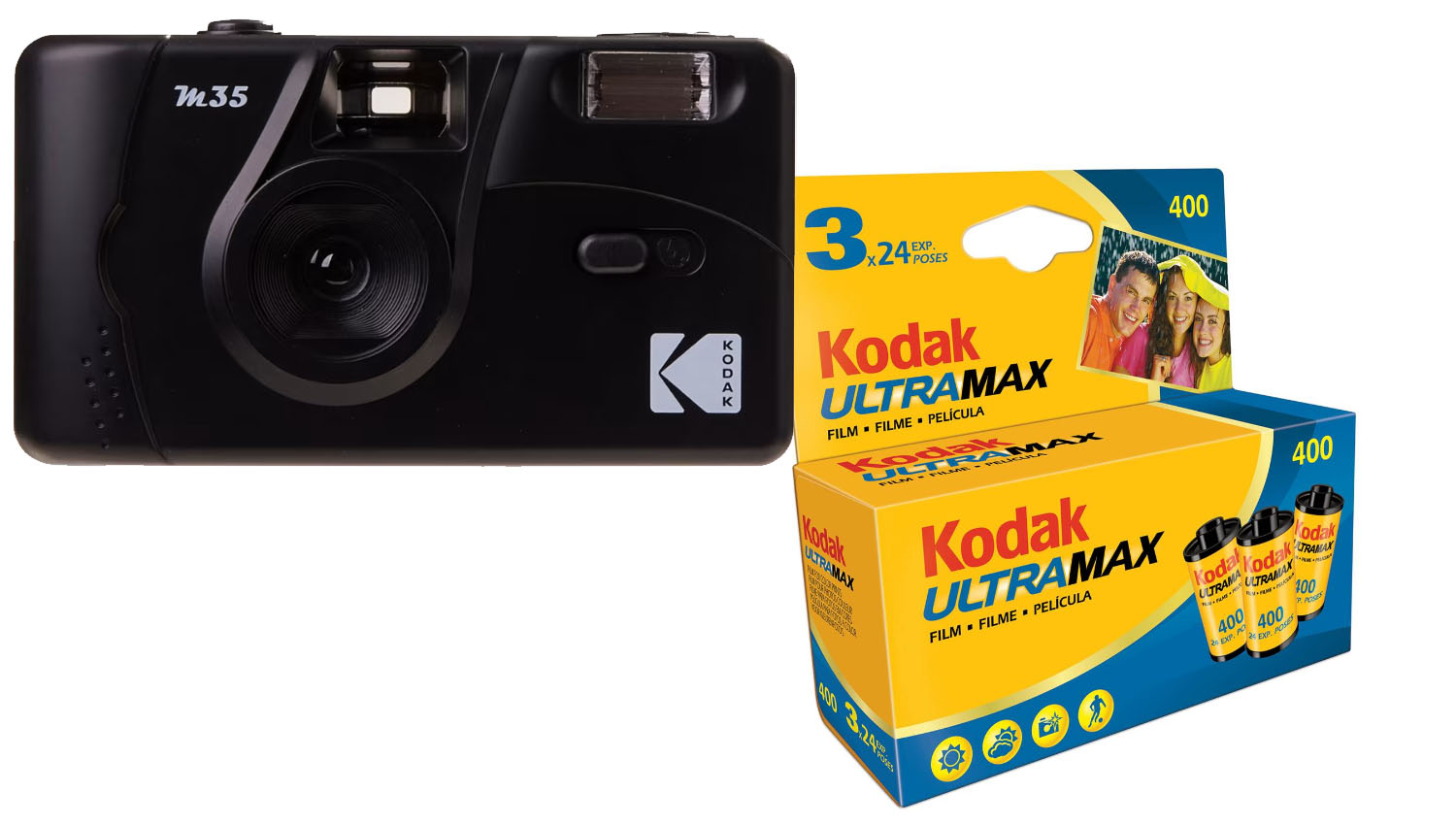Mastering Film Photography: Tips and Techniques for Stunning Shots
In a world where digital photography dominates, there’s an enduring charm and a timeless appeal to film photography that continues to captivate enthusiasts and professionals alike. Shooting on film offers a unique set of challenges and rewards, as each shot is carefully composed, with no instant gratification. In this blog, we’ll explore the art of mastering film photography, providing you with tips and techniques to capture stunning shots.
Embrace the Film Experience:
Film photography is a journey of patience and creativity. It encourages photographers to slow down and approach each shot with intention. Before diving into specific techniques, it’s essential to embrace the film experience fully.
1. Choose the Right Film:
Film comes in various types and formats, each with its distinct characteristics. Black and white film offers timeless elegance and rich tonal variations, while color film provides vibrant, lifelike hues. Slide film delivers stunning color saturation and contrast. Experiment with different films to discover your personal preference and style.
2. Manual Control:
Understanding your camera’s manual settings is fundamental to mastering film photography. Learn how to adjust aperture, shutter speed, and ISO settings to achieve the desired exposure. Shooting in manual mode gives you complete control over the creative process.
3. Compose Thoughtfully:
Film is a precious resource, with a limited number of exposures per roll. This limitation encourages thoughtful composition. Take your time to frame your shots, paying attention to elements like subject placement, leading lines, and balance. Consider using the rule of thirds to create engaging compositions.
4. Pay Attention to Lighting:
Mastering lighting is crucial in film photography. Film handles light differently than digital sensors, and understanding film’s dynamic range is essential. Embrace the beauty of natural light, whether it’s the soft glow of the golden hour or the dramatic contrast of harsh sunlight.
5. Use a Tripod:
A sturdy tripod is your best friend in film photography, especially for long exposures, low light conditions, or when you want maximum sharpness. A tripod ensures that your shots remain crisp and clear, avoiding the blur that can occur with handheld shots.
6. Zone System:
Ansel Adams’ Zone System is a valuable tool for controlling tonal range and achieving precise exposure in film photography. It divides the scene into ten zones, from pure black (Zone 0) to pure white (Zone X). Understanding and applying this system allows you to visualize and capture the full range of tones in your photos.
Develop a System for Consistency:
Creating a workflow and a systematic approach to your film photography is essential for achieving consistent results.
1. Keep Detailed Notes:
Maintain a journal of your shots, including exposure settings, film type, and lighting conditions. This record becomes invaluable for learning from your successes and mistakes.
2. Practice Patience:
Film photography rewards patience. Don’t rush through your rolls. Take the time to review your settings, check your composition, and wait for the right moment to press the shutter.
3. Take Test Shots:
Before capturing a critical shot, consider taking a test shot with similar lighting and settings to ensure you have everything dialed in correctly.
4. Quality Control:
Select a reputable lab for developing your film. Discuss your preferences with them, whether it’s pushing or pulling film for creative effects or specific scanning requirements.
The Art of Film Development:
While the journey of film photography begins with taking the shot, the art continues in the darkroom or with film scanning and post-processing. Here are some essential tips for developing your film and getting the best out of your shots:
1. Darkroom Techniques:
If you choose to develop your film in a darkroom, learn the craft of chemical processing. This includes developing, fixing, and washing the film. Each step requires precision and care to achieve the desired results.
2. Scanning and Digital Editing:
Many photographers opt for scanning their film negatives and then using digital editing tools to enhance and fine-tune their images. This approach allows for greater control over the final result and is often used to remove dust and scratches.
3. Preserving Negatives:
Proper storage of your negatives is crucial. Store them in archival sleeves, away from light and temperature fluctuations. Well-preserved negatives are a treasure for future reprints and enlargements.
Experiment and Push Boundaries:
Film photography is an art form that encourages experimentation. Don’t be afraid to push boundaries and try new techniques. Whether it’s double exposures, cross-processing, or alternative film types, exploring the possibilities of film photography can lead to exciting and unique results.
Conclusion: The Art of Film Photography
Film photography is a journey of patience, intention, and creativity. By embracing the film experience, mastering manual control, and adopting a systematic approach, you can capture stunning shots that stand the test of time. The art of film development, whether in a darkroom or through digital post-processing, adds depth to your photographic journey.
Ultimately, film photography is not just about the final image but the process itself—the anticipation of waiting for your film to be developed, the thrill of seeing your shots for the first time, and the mastery of a timeless craft. As you embark on your journey to master film photography, remember that every shot is an opportunity to tell a story, evoke an emotion, or capture a moment that will last a lifetime.

